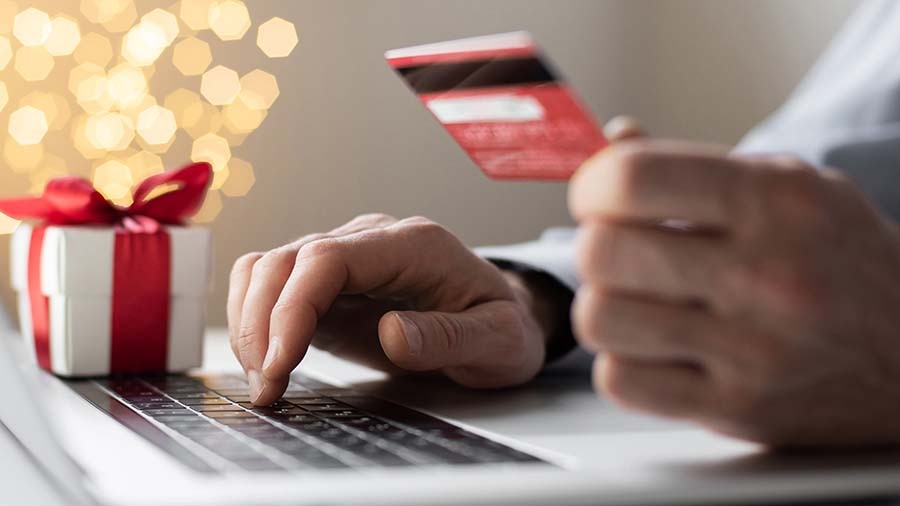When you move your business online, there are many things to take into account, shipping and delivery, a secure checkout, and a branded web experience. Another thing to consider is offering gift cards.
However, not all small businesses are ready for gift card sales yet. Luckily, it doesn’t take much effort to start. Here’s everything you should know about selling gift cards at your small business.




